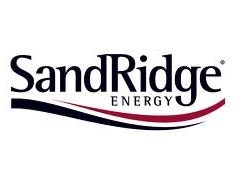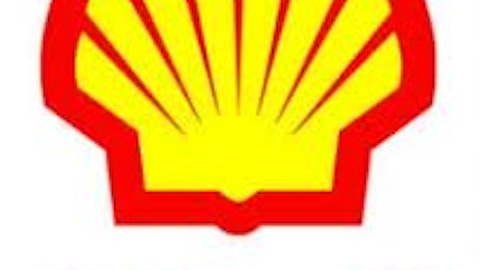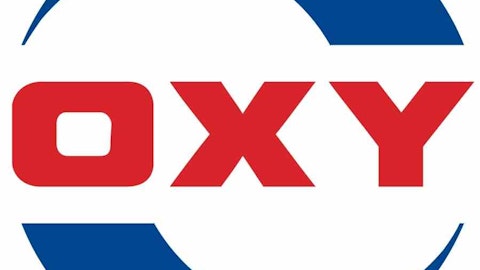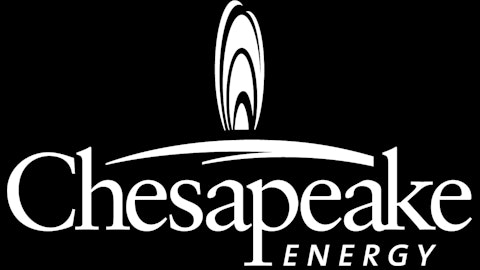This past earnings season brought surprises, disappointments, and future guidance. While positive earnings surprises do wonders for a stock, disappointing earnings or guidance can pummel a stock mercilessly. Sometimes these disappointments create opportunities for long-term investors willing to examine a company’s business rather than its latest earnings. Here are two examples.
Drops on a positive earnings report
Typically, a good earnings report lifts a stock. So why did SandRidge Energy Inc. (NYSE:SD) sell off when it reported a profit when most analysts expected a loss? (Foolish contributor Matt DiLallo has an interesting take on the situation). While everyone was happy SandRidge posted a profit, investors may have been looking for reductions in capital expenditure, much like that seen at Chesapeake Energy Corporation (NYSE:CHK). After all, fiscal discipline, along with greater oil production and improved natural gas prices benefited the company and its shareholders. I once considered Chesapeake a “stooge” investment, but no more. The company is earning money, beating estimates and looking like it’s turned the corner after years of disappointment. Fiscal discipline was lacking at SandRidge. In fact, the company’s CEO implied SandRidge would continue its current capital expenditure plan to drive double digit production growth.

Can SandRidge Energy Inc. (NYSE:SD) generate enough revenue in the next two years to fund operations in 2016? Might just happen. The company’s Mississippian Lime play generated 88% more oil than the previous year. SandRidge also brought 111 new wells online in the second quarter of 2013. Its cost per well dropped from $3.1 million to $2.95 million and its cost per barrel equivalent declined from $14.93 to $14.03 in the past 12 months. SandRidge also has wastewater disposal and electricity infrastructure in place to further minimize expenses. SandRidge claims its efforts to “thoroughly understand” the Mississippian Lime play will allow it to increase production without increasing capital expenditure.
One refinery shuts down and takes revenues with it
No question, the latest quarterly earnings report for Calumet Specialty Products Partners, L.P (NASDAQ:CLMT) disappointed and the stock suffered accordingly. Specifically, the stock dropped from a recent high of $36 a share to less than $29 a share. The main culprit: a planned 45 day shutdown/turnaround of its Superior, Wisconsin refinery, the company’s second largest. This was responsible for roughly $26 million in extra expense and represented roughly 40% of the net income decline from the previous year. Another business expense was the increased cost of Renewable Identification Numbers for its fuels segment (if you want a headache, click here and learn from the Department of Agriculture about Renewable Identification Numbers). Lastly, declining spreads for West Texas Intermediate crude oil versus Brent affected earnings.
A major concern centers on Calumet Specialty Products Partners, L.P (NASDAQ:CLMT)’s distributions. While the company typically enjoys a distribution ratio around 1.5, that ratio dropped below 1 over the past 12 months. Despite this, the company raised its distribution by half a cent, apologetically, and implied richer increases in the future. Other concerns are centered on the price of oil and the ability to pass along the higher expense. Calumet believes, going forward, its increased oil expenses can be passed on to customers.





